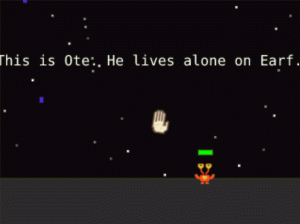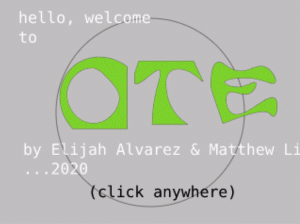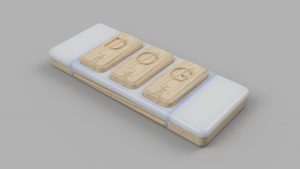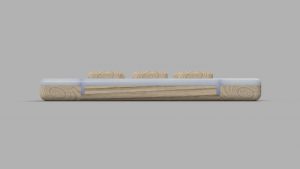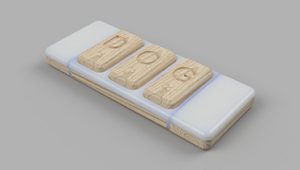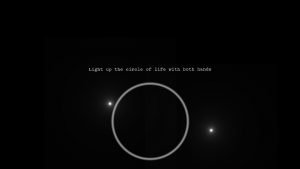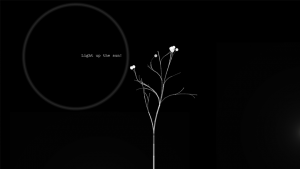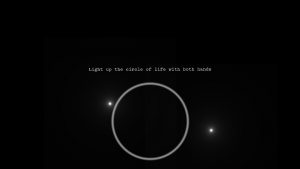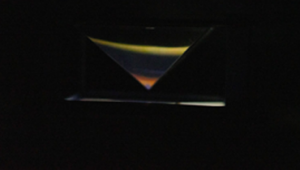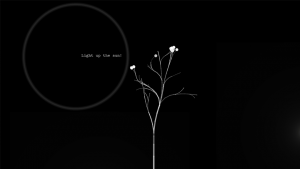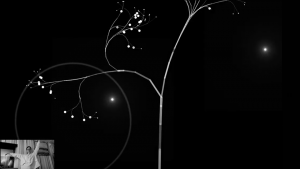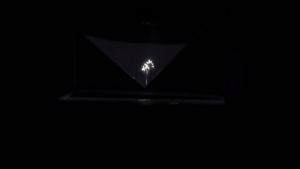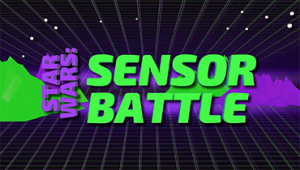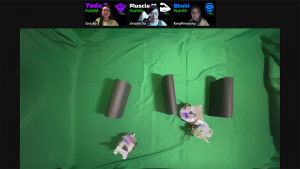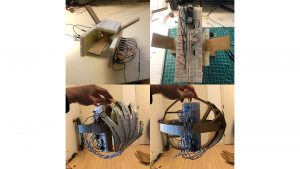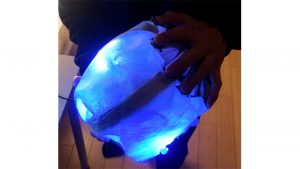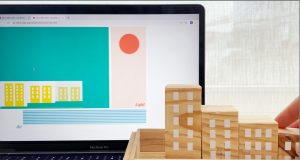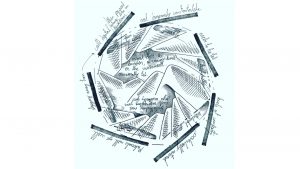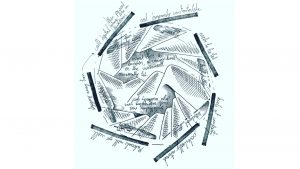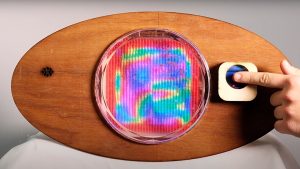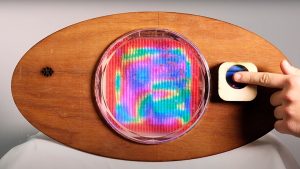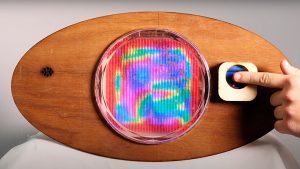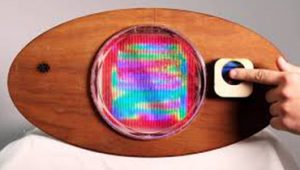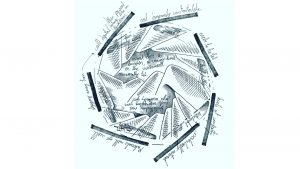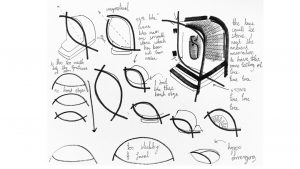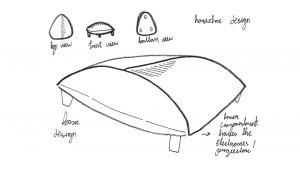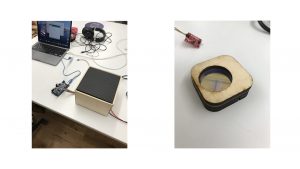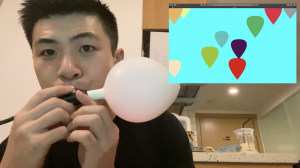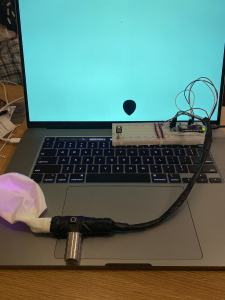OTE is a lo-fi mini-game made in p5 in which the user uses their hand+webcam to protect an alien named OTE on planet Earf from bad weather.
Matthew Yue Li
Description
OTE is a project created in 2020 by Elijah Alvarez and Matthew Li. OTE is a video game created in p5.js that tells the story of OTE, an alien who lives alone on planet Earf. The user interacts with the video game via their webcam and the ml5 Handpose model. The model tracks the users hand, which they use to control a hand that floats above OTE. The objective is for the user to use the floating sky hand to protect OTE from bad weather.
The concept for OTE came from our idea to do a reverse take on the choose your own adventure form of storytelling. Instead of controlling a character in an external world, we decided to have the user control the external world which affects a character with free will. After learning the backstory of OTE, with enough empathy, the user should feel some responsibility to protect OTE as long as possible.

